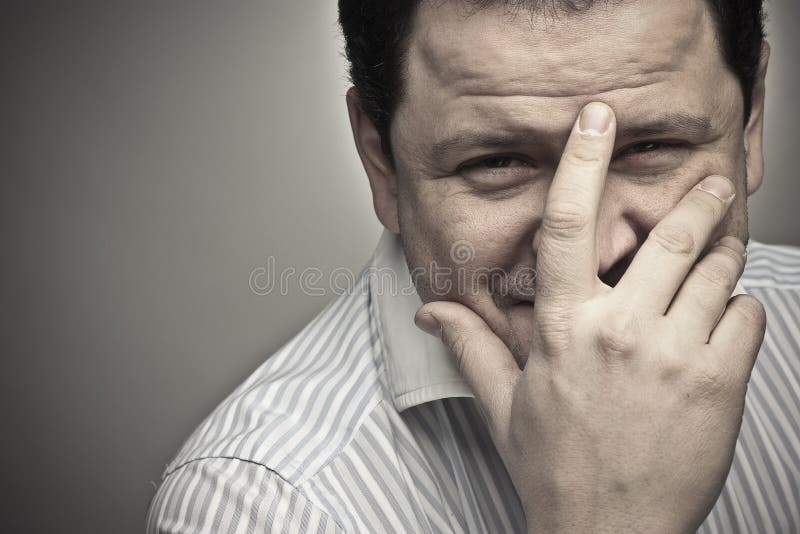

Regarding the theory of “destructive” image editing:
#PORTRAIT RETOUCHING CREASE AT ARM FULL#
It’s been my experience that the Dodge and Burn Tools shift less than other methods and because the work is done on a full pixel layer it takes only seconds to correct small discolorations.

The fact is that any method of dodging and burning, when used extensively, will result in some discoloration. Neither point has much merit in my opinion. Some artists feel that because the Dodge and Burn Tools must be applied to a full pixel layer that they are fall into the category of “destructive image editing”, meaning that changes made, after a certain point (History states), can not be undone. When used extensively some of the dodged areas might turn grayish and some of the burned areas might look slightly over saturated. The Dodge and Burn Tools are linked slightly to saturation. Because the tools work on a full pixel layer, in my case, the Background copy, further artwork can be added globally without concern about what piece of the object is on one layer and what part is on another. In addition, the user can choose to keep the original texture of pixel contrast or alter it to provide a smoother appearance in some areas just by choosing different brush sizes. The Dodge and Burn Tools are very good at replicating traditional darkroom dodging and burning and further offer the ability to target detailed areas faster and more accurately than traditional printing methods – a real bonus for modern photographic artists!Īnother big advantage of the Dodge and Burn Tools is the ability to dodge to white or burn to black unrestricted by innate contrasts in the image file. Traditional printers use many tools and hand shapes for dodging and burning in order to paint with light in the darkroom. The icon looks like a fist, again something that traditional printers use when targeting specific areas with an additional exposure of enlarger light in order for them to print darker.

…is designed to darken areas without affecting hue or saturation. Less light equals less exposure equals lighter areas on the prints. The icon looks like a lollipop but it is meant to represent a darkroom tool that traditional printers use during printing for holding enlarger light away from the light sensitive photo paper masking tape on a loop created from a wire coat hanger. …is constructed to lighten areas without affecting hue or saturation. Let’s start with some basic explanations about what these two tools do. More from our Popular Tools in Photoshop series:ĭon’t miss the rest of this series, subscribe to our awesome mailing list.


 0 kommentar(er)
0 kommentar(er)
